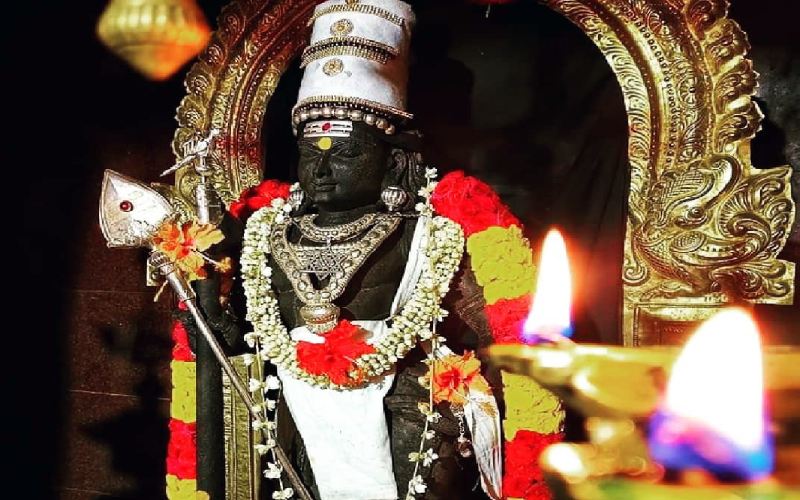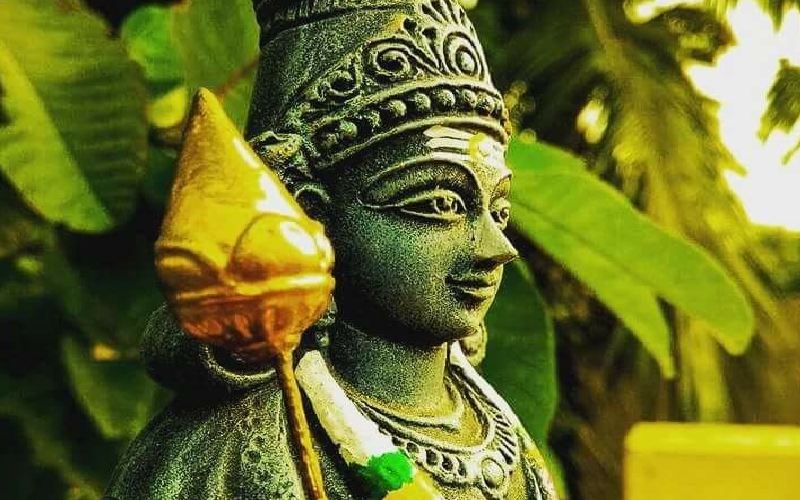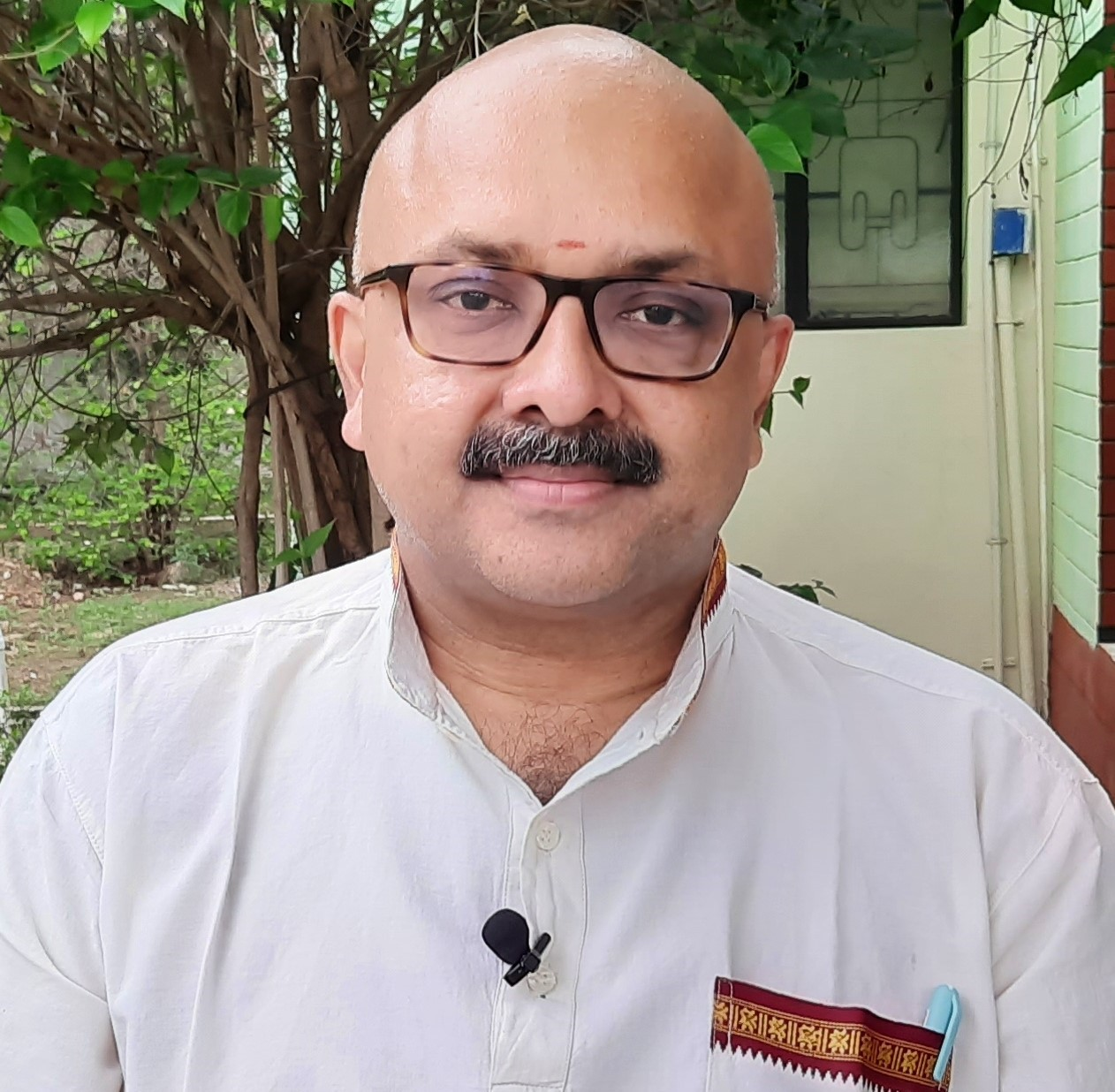
Lord Muruga is known by various names, Senthil, Saravana, Guha, Subramaniam, Karthikeya, Vetrivelan and what not. He is extolled with 1008 names in the ‘Subramania Sahasranaamam.’ Compositions like ‘Sri Subramanya Bhujangam’ are quite popular. The ‘Thiruppugazh’ of Saint Arunagirinaadhar is extremely popular in Tamil Nadu.
Lord Karthikeya or Skanda is essentially known as the deity of the Thamizh-s. He is held very dear in Tamil Nadu and muruga means beauty. It is common to observe both men and women carrying the names of Lord Muruga. Some popular women names akin with the lord are Shanmugavalli, Shanmugasundari, Guhapriya, Murugaambal, Kandhaambal, etc. Lord Muruga is associated with the hills of Tamil Nadu and hence there is an adage which says, “Kundru irukkum idam yellam Kumaran irukkum idam aagum,” meaning Lord Kumara is found on every hill.
There are several popular hill temples of Muruga. Pazhani Dhandayudhapaani and temples at Marudhamalai and Thiruthani are to name a few crowd-pleasing ones. Devotees are known to recite ‘Kandhar Anubhoothi,’ ‘Kandhar Alankaaram,’ ‘Kandha Sashti Kavacham,’ and ‘Shanmuga Kavacham.’ Reciting the ‘Kandha Sashti Kavacham’ 36 times in succession on a single day is said to bestow one with prosperity. It is quite common to find the idols of Lord Muruga, who is said to have a large fan following, in the rooms/shelves of the household in Tamil Nadu.

There are quite a few families who have taken Lord Muruga as their primary deity traditionally. The lord will be in the form of a portrait or an icon. During the yonder era, the portraits and painting were made on fabrics. However, the advent of the printing era brought in numerous images of Lord Muruga. The icons of Muruga would be made in silver, gold, or a combination of metals. It could be the image with Valli and Devasena or the one in which a peacock and snakes are found near. Images of Muruga with the lance is also popular.
Generally, Tuesdays are associated with Lord Subramania, and he is present as Selva Muthu Kumaraswamy at Vaidheeswaran Kovil. This ancient navagraha centre is associated with mangal or sevvaai. The devout go to Vaidheeswaran Temple, pray to Lord Selva Muthu Kumaraswamy and his parents Vaidheeswarar, and Thayyal Naayagi. Sincere prayers to the deities at the temple are said to endow the devout with good health. People afflicted with the Sevvaidosham (Astrological inaccuracy in the position of Planet Mars in one’s birth-chart) offer a lamp made of flour.

Back home, the Muruga bhakta gets up early in the morning and is ready with the items required for the pooja. The lamp within the pooja room is lit with the name of the lord on lips. Flowers are placed lovingly, and a tiny kolam is drawn in front of the deity. A pooja plate along with a Panchapaatram and uttharani (Tiny water-container and spoon), flowers (Particularly Sevvarali/Oleander), plantains, coconut, etc., along with some milk is placed in front of the deity.
A normal four-bowl container with turmeric, sandalwood powder, kunkum, and turmeric-dipped rice is part of the pooja set. A wooden, metal, or silver nandhi with an opening on the top is used for holding the Vibuthi (Holy ash) required for the pooja. The prayer would begin with a Ganapathi Shloka and will be followed by prayers to Lord Muruga. Thereafter, the coconut and the plantains would be offered to the deity. This will be followed with the offering of Agarbhatthi (Incense sticks), aarathi and sambraani .
The Muruga devotee would have a hundi in the pooja room and would normally offer some money regularly. This would be offered for providing food to devotees visiting the shrines of Muruga. Lord Muruga would be decked with Sevvarali and in some cases with jewels embedded with corals. Lord Muruga, Tuesday, and the corals come together most of the times. The pooja room of the household will facilitate a special worship of Muruga on Tuesdays, Vishakam, and Kiruthigai.
Devasenapathi would be part of the divine constellation and he would be singled out for worship on his special days. Pooja vidhi-s like hygiene, a calm mind, lighting of the lamp would be adhered to. However, the nature of worship and offerings can either be the choice of individuals or based on the practice which is traditionally followed in a household. There could be thousands of ways to have the pooja room and hundreds of images of Muruga. Of course, the initiated follow the method prescribed by their spiritual mentors.
These methods and practices go on to share the diverse and inclusive nature of worship offered by the Hindu-s.

Mr. Rajesh Govindarajulu is one of the founding members of the Verandah Club Pvt. Ltd. He is a leading columnist, historian, jeweler, entrepreneur, and a heritage enthusiast who is earnestly working to revive the past in the light of the present. Experiential learning about the history of Coimbatore is his main course of interest and he is also a panel member of many colleges in the city.
NEXT ARTICLE